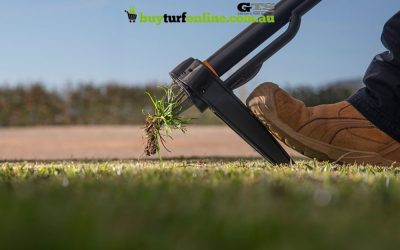Grass Mites on Dogs
Quick Links
How To Treat Grass Mites on Dogs
As a dog owner, you may have already heard or personally experienced grass mites on your pet.
Popularly known as harvest mites, grass mites like to cling on to a warm-blooded animal, this includes both cats and dogs.
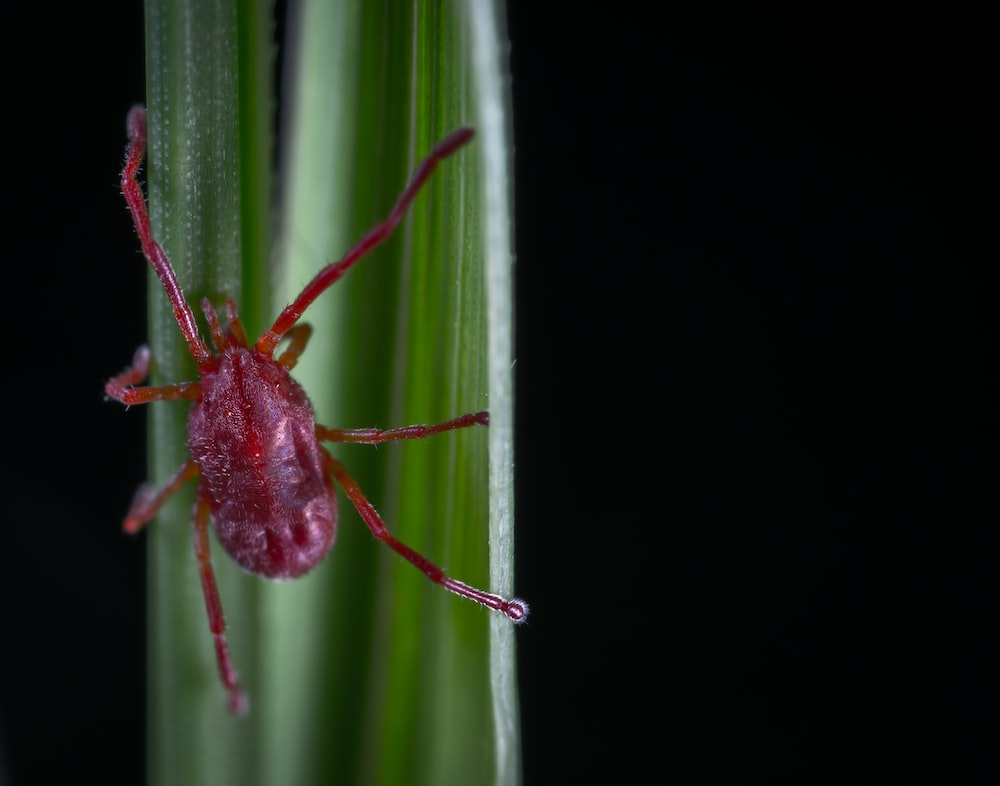
What makes harvest mites unique is that apart from infesting animals, they could also affect plants and humans.
They can cause serious damage to plants and eventually death if left untreated.
You’ll never know when harvest mites might infect your own garden, lawn or dog. Harvest mite infestation could happen when you least expected it.
If you have a lawn and a dog, it’s a good idea to learn more about harvest mites and ways to avoid or get rid of them.
What is a Harvest Mite?
A grass mite or harvest mite is a small pest that is typically active starting late spring to late autumn and is attracted to warm-blooded animals.
They are closely related to ticks, however, they do not suck blood. No one is spared from this pest as they attack plants, animals and humans.
Attracted to warm-blooded animals, dogs are one of the most commonly affected animals.
Harvest mite larvae can be very problematic as they can easily transfer from grasses to pets, particularly dogs that like playing in the yard.
The larvae feed on the dog’s skin cells around the bite. This causes your four-legged friend discomfort, severe itching, excessive scratching and severe inflammation in the skin.
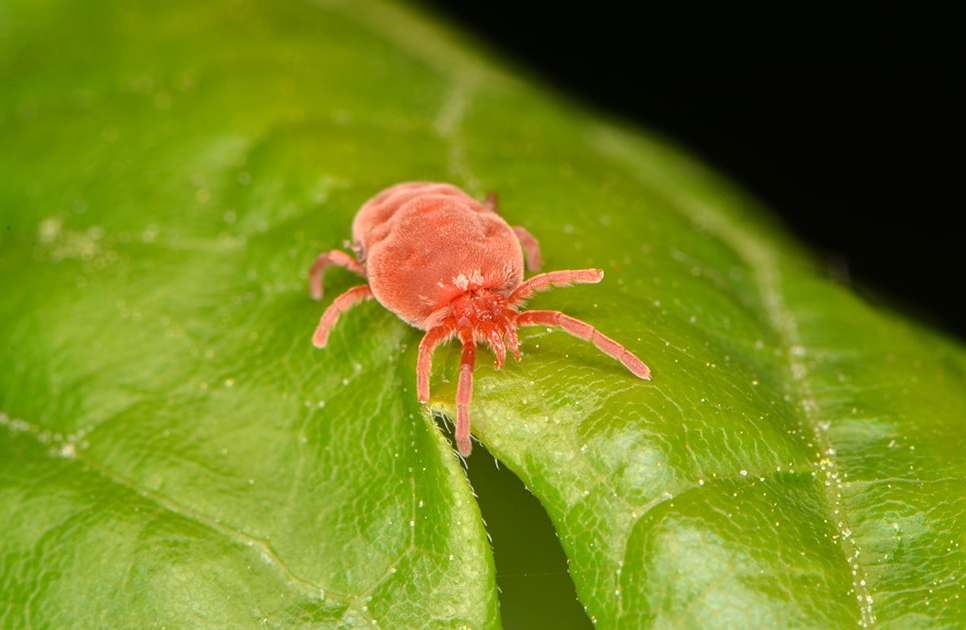
A dog’s harvest mites have a very short life cycle. From the larval stage to adulthood, these mites live around 10 to 14 days.
One consolation about harvest mites is that they cannot reproduce while they are on the dog’s body. Also, unlike fleas, they do not transmit dangerous diseases.
Moreover, harvest mites are not spread by pets but are spread through outdoor environments.
For example, as most dogs love running around the yard, they could get mites from infected grass or plants.
Transmission from animals to humans is unlikely. and unlike other pests, harvest mites do not infest homes.
Symptoms of a Harvest Mite Infestation on Dogs
Identifying the cause of a dog’s itching and discomfort may not be easy because other pests or mites including demodectic mange, sarcoptic mange or even ear mites also cause similar signs.
However, unlike harvest mites that are easily visible because of their orange colour, demodectic mange and sarcoptic mange are mite species that can only be seen under a microscope.
One of the ways of identifying infestation is by checking the affected areas. Grass mites typically infest easily accessible parts of a dog, particularly the head, legs, paws, belly and ears including the ear canals.
Although they are small, they can easily be spotted by the naked eye because of their bright orange colour. This is especially true if there are many of them.
If there are no visible signs of harvest mites in the skin of your dog, be on the lookout for the following symptoms:
Intense Scratching
Your dog can feel very itchy specifically in areas infected by mite larvae, and you’ll notice significant scratching.
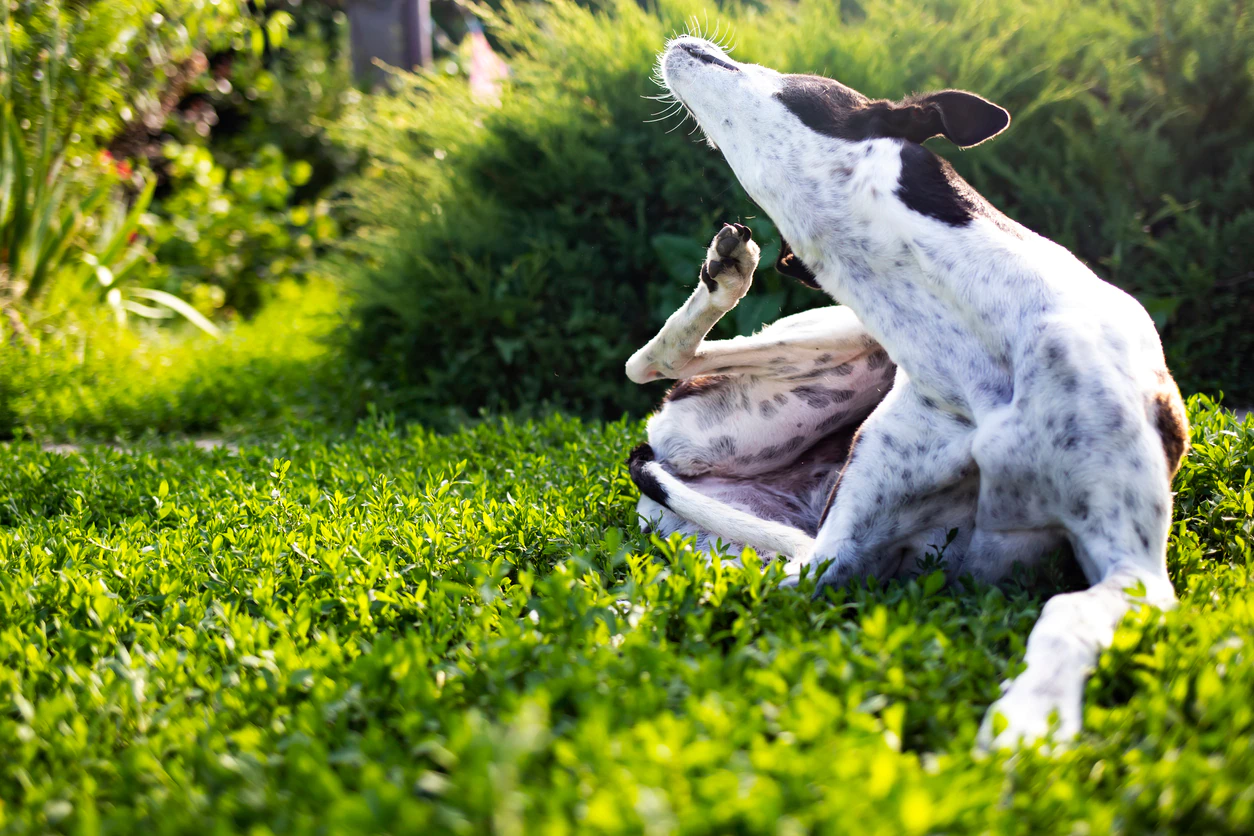
Intense itching could then lead to inflammation and rashes. If the inflammation becomes severe, take your dog to a veterinarian.
Redness of the Skin
Affected dogs may also have redness of the skin where there is no hair or thin hair.
Hair Loss
If the itching and inflammation is not properly handled, it could lead to hair loss. Your dog could lose its hair in the areas of the skin where there is several scratching.
Bumps & Crusts on the Skin
Sometimes, you may also notice that your dog has bumps or crusted spots on its skin.
It is important to remember that the skin where the harvest mite larvae used to cling on can still feel itchy even if the larvae are no longer there.
That is why, even if you can’t find any harvest mites on your dog, your pet may still continue chewing or scratching itself, and this could result in self-inflicted wounds.
If you are not absolutely sure whether it is harvest mites or other parasites, consider brushing your dog with a flea comb. Grass mites in the larval stage glow bright orange-yellow.
Moreover, your veterinarian can make the diagnosis. If fewer mites are present, your vet may use a microscope examination of the skin scraping to ascertain the type of mite that caused it.
Preventing Harvest Mites in Dogs
Grass mites in dogs are preventable so this is good news for many owners. These are some of the effective preventive measures you can adopt:
1. Don’t let your dogs roam in previously infested outdoor environments.
Harvest mites can be found in low and damp areas such as berry bushes, wooded areas, orchards, areas along streams and lakes, and even in drier places such as golf courses, lawns and parks.
They are most numerous when the grass and other vegetation are heaviest. With this in mind, if you have to walk your dog, avoid long contact with tall grass and heavy vegetation.
Instead, try your best to keep your dog moving.
2. Change your walk or play routine.
Harvest mites are generally active during the day when the sun is up. If you have a yard that has a grass mite infestation, it’s best not to let your dog out in the middle of the day.
Instead, you could let your dog play in the yard in the early morning or after dusk.
More often, the worst infestations happen when pets frequently bask in the sun while lying down in the yard in the middle of the day.
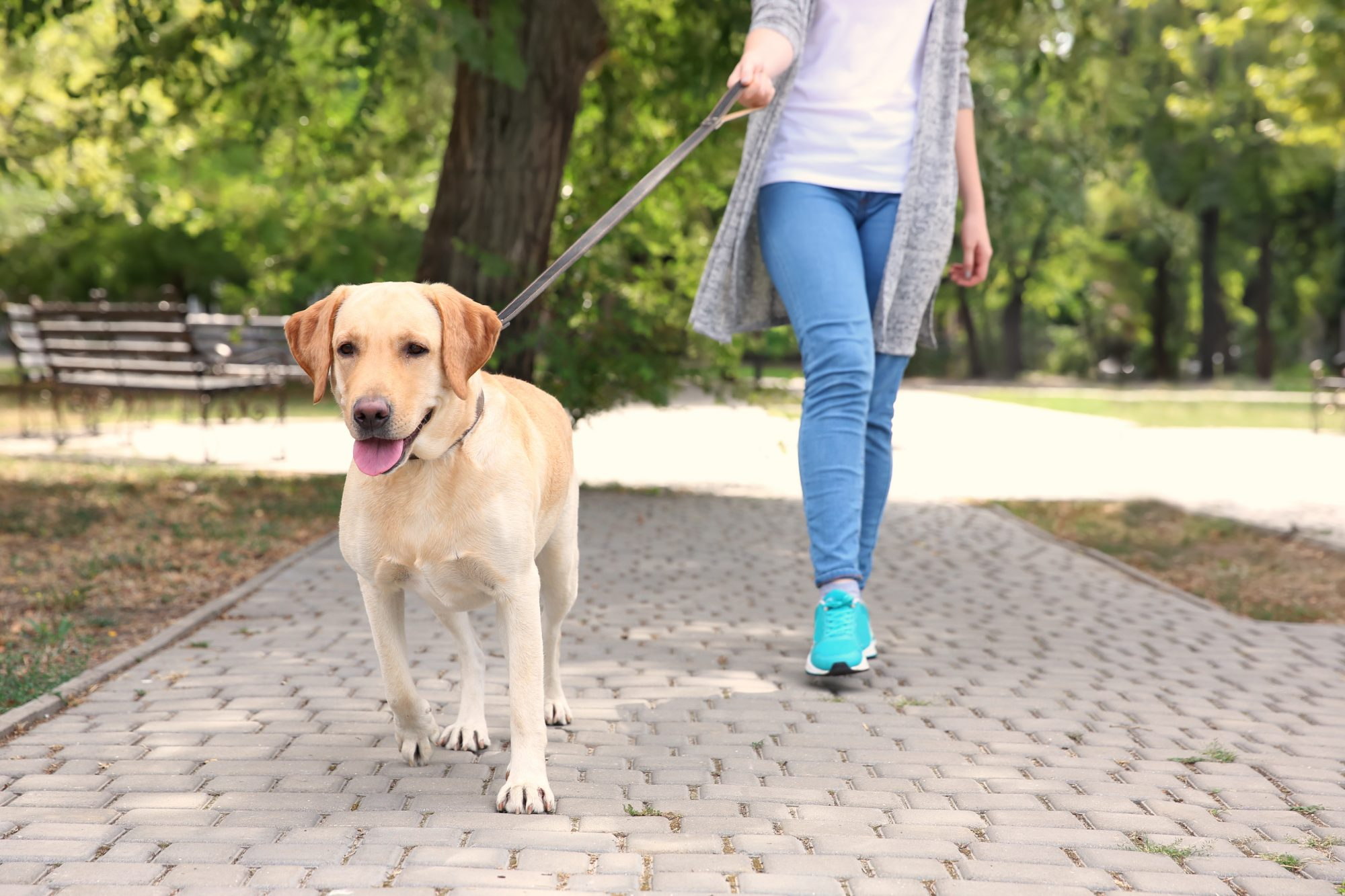
Instead, you could let your dog play in the yard in the early morning or after dusk.
More often, the worst infestations happen when pets frequently bask in the sun while lying down in the yard in the middle of the day.
3. Don’t let your pet go near infected dogs.
If you can see other dogs which are seemingly infected by mites, don’t let your dog go near them. However, if it is one of your pets that is undergoing mite treatment, make sure to separate that dog from the rest.
4. Consult your veterinarian.
If your pet has sensitive skin or if you just want to be extra cautious come early or late summer, you could pay your vet a visit to get a prescription for fleas, harvest mites and other parasites.
Treating Dogs Harvest Mites
If your dog is infected with harvest mites, you shouldn’t worry as this can be cured. However, it’s important to avoid applying rubbing alcohol on the affected area.
Many pet owners think that applying rubbing alcohol will help alleviate the itching, but it will not. Instead, it will cause pain, burning and discomfort to the pet.
Here are some of the common ways to treat harvest mites in dogs:
Take your pet to your vet
If your dog is already suffering from itchy skin and other common signs of infestation, take your pet to your vet.
Your vet can provide anti-inflammatories and other medications to treat harvest mites. Be sure to follow the recommended treatment plan.
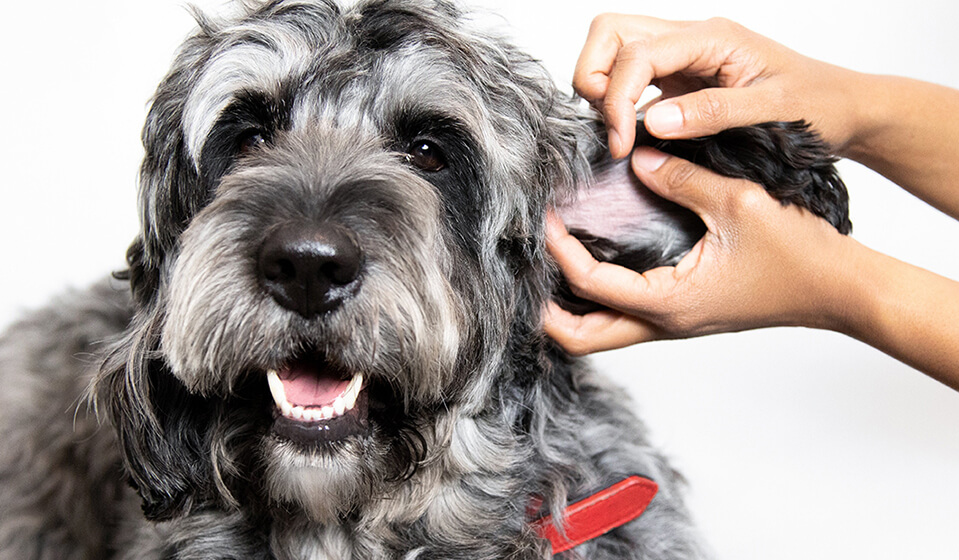
Use flea Treatments
While there are no products that are licensed for treating dogs’ harvest mites, many products made for flea treatment are effective for harvest mites. You could get a prescription from your vet.
Infected dogs can generally recover from the lasting effects of the infestation with the right and timely treatment plan.
Treating Yards with Harvest Mites
If you notice distorted leaves, russeting, or containing obvious webbing on your lawn, you should investigate it for mites as quickly as possible. In bad cases, grass mites can leave your lawn lifeless and patchy.
Keeping your lawn healthy, adequately fertilised and watered will typically create an environment that mites avoid as they look for dry warm garden areas.
However, if you maintain your lawn and the infestation remains, you can use chemical control that contains abermectin.
Always check that the product is suitable for use on your lawn type. And, if in doubt, contact a local lawn care provider. They can recommend the best course of action and the best products to use for your lawn.

read more!
recent posts
Poolside Turf: Choosing and Maintaining Grass Around Pools
There’s nothing quite like stepping out of a swimming pool onto soft, lush grass. But when it comes to finding the best grass for around a pool, not all lawns are created equal. Chlorine pools, heavy foot traffic, and the unforgiving Australian sun can take a toll on...
Keeping Your Lawn Green and Healthy During the Summer Heat
Discover the best grass options for your lawn with our complete guide. Make informed choices for a lush, healthy yard. Read more to find your ideal grass!
Summer Lawn Weeds: Prevention and Management
Discover the best grass options for your lawn with our complete guide. Make informed choices for a lush, healthy yard. Read more to find your ideal grass!
The Ultimate Watering Guide for Summer Lawns
Discover the best grass options for your lawn with our complete guide. Make informed choices for a lush, healthy yard. Read more to find your ideal grass!

Our Turf
TifTuf Bermuda
Buy Turf Online © 2019 All Rights Reserved. | Proudly Designed and Developed by Sydney ICT



